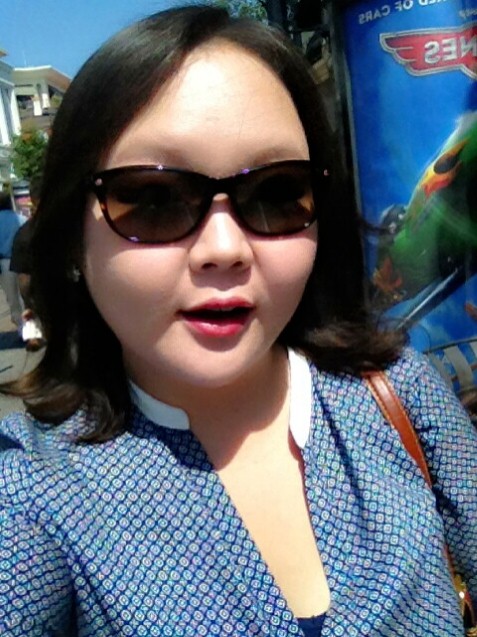Program Information
Image Registration Tool for Patient Setup in Korea Heavy Ion Medical Accelerator Center
M Kim1*, W Cho2 , W Jung3 , T Suh1 , (1) Department of Biomedical Engineering, Research Institute of Biomedical Engineering, The Catholic University of Korea, Seoul, (2) Borame Medical Center, Seoul National University Hospital, Seoul, Seoul, (3) Korea Institute of Radiological & Medical Sciences, Seoul, Seoul
Presentations
SU-E-J-137 (Sunday, July 12, 2015) 3:00 PM - 6:00 PM Room: Exhibit Hall
Purpose:
A potential validation tool for compensating patient positioning error was developed using 2D/3D and 3D/3D image registration.
Methods:
For 2D/3D registration, digitally reconstructed radiography (DRR) and three-dimensional computed tomography (3D-CT) images were applied. The ray-casting algorithm is the most straightforward method for generating DRR. We adopted the traditional ray-casting method, which finds the intersections of a ray with all objects, voxels of the 3D-CT volume in the scene. The similarity between the extracted DRR and orthogonal image was measured by using a normalized mutual information method. Two orthogonal images were acquired from a Cyber-Knife system from the anterior-posterior (AP) and right lateral (RL) views. The 3D-CT and two orthogonal images of an anthropomorphic phantom and head and neck cancer patient were used in this study. For 3D/3D registration, planning CT and in-room CT image were applied. After registration, the translation and rotation factors were calculated to position a couch to be movable in six dimensions.
Results:
Registration accuracies and average errors of 2.12 mm ± 0.50 mm for transformations and 1.23° ± 0.40° for rotations were acquired by 2D/3D registration using an anthropomorphic Alderson-Rando phantom. In addition, registration accuracies and average errors of 0.90 mm ± 0.30 mm for transformations and 1.00° ± 0.2° for rotations were acquired using CT image sets.
Conclusion:
We demonstrated that this validation tool could compensate for patient positioning error. In addition, this research could be the fundamental step for compensating patient positioning error at the first Korea heavy-ion medical accelerator treatment center.
Contact Email:


